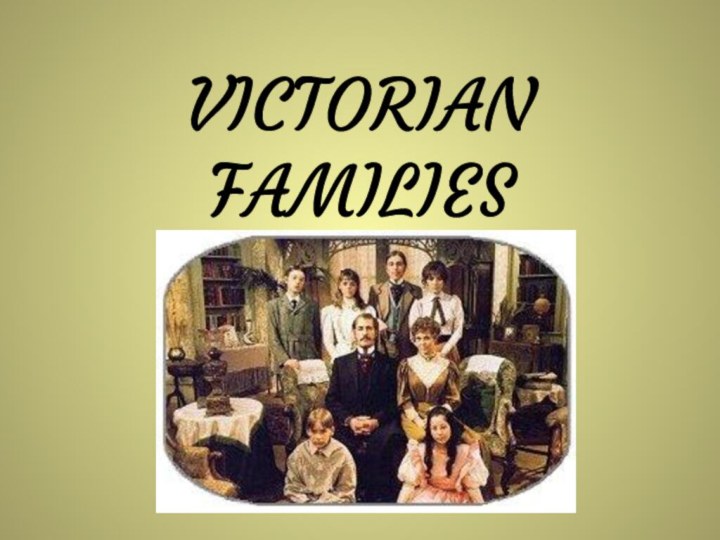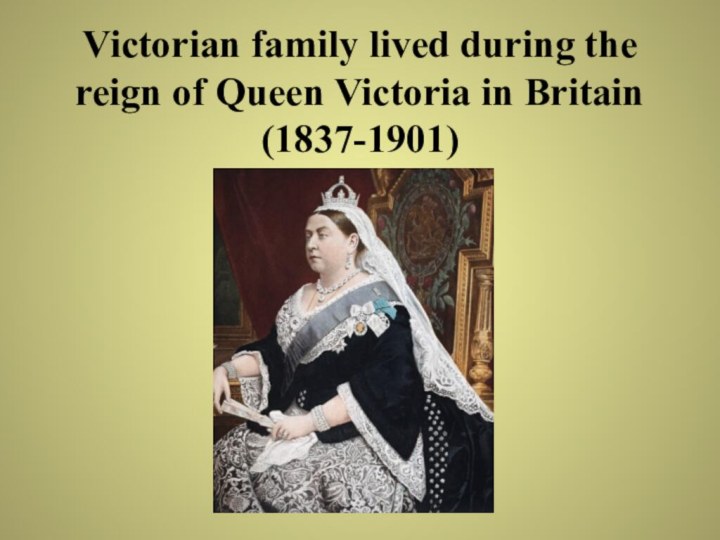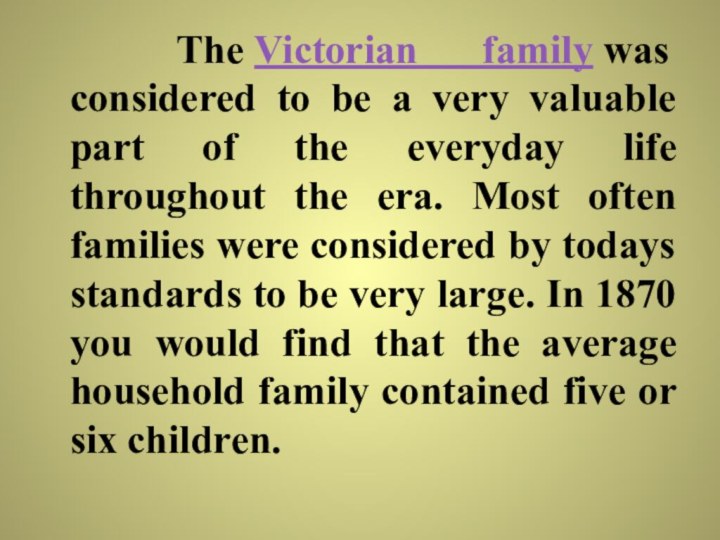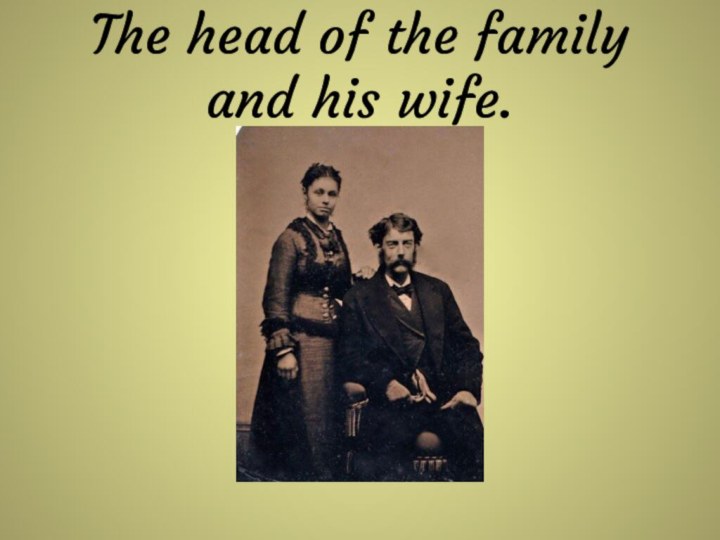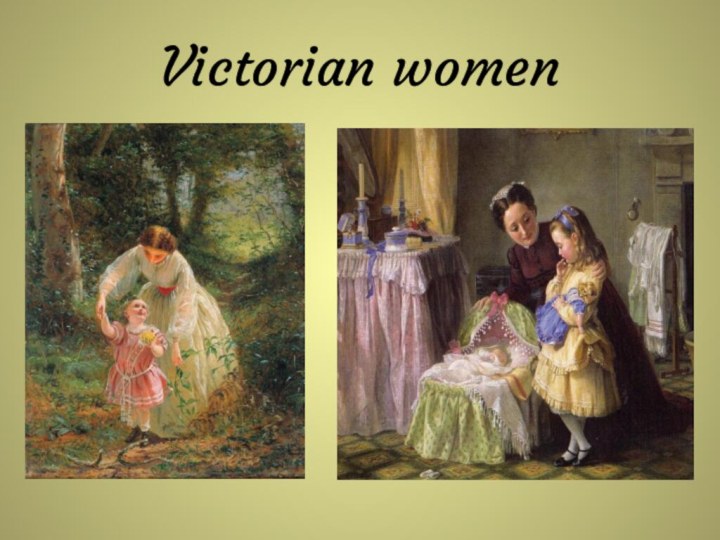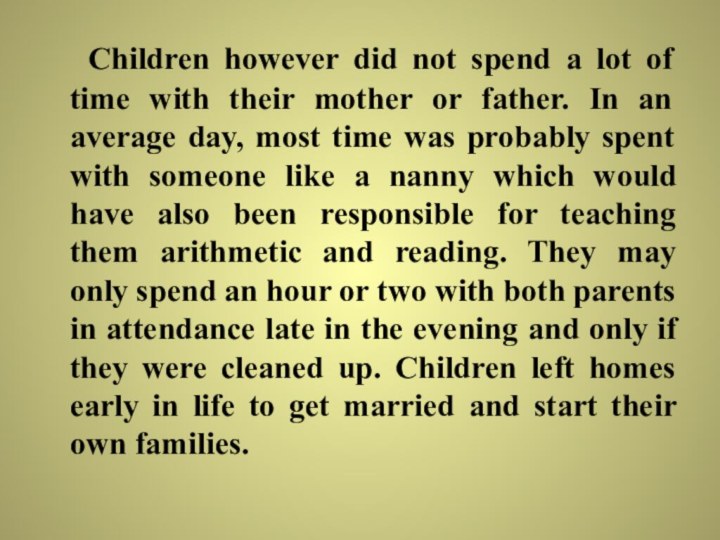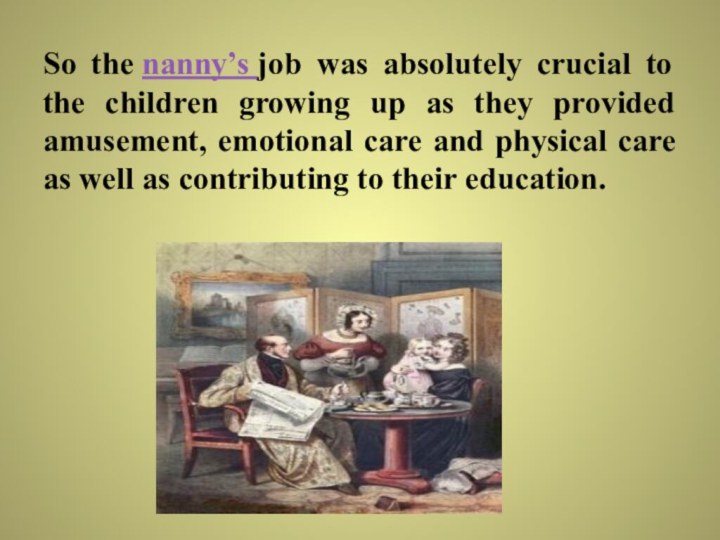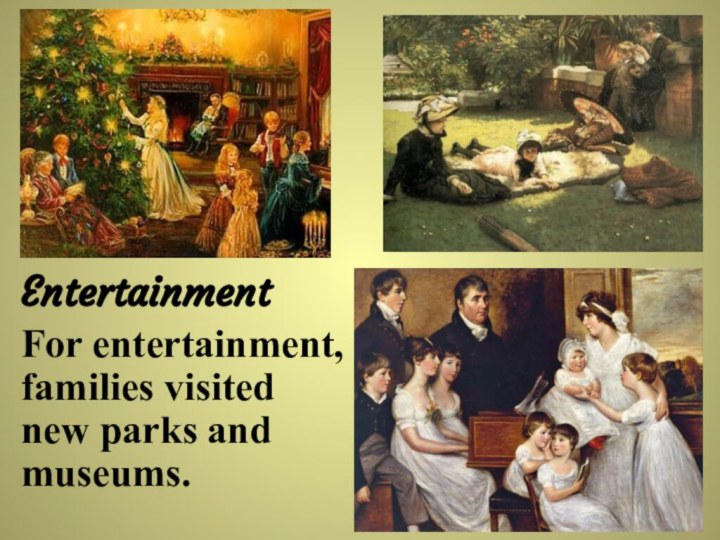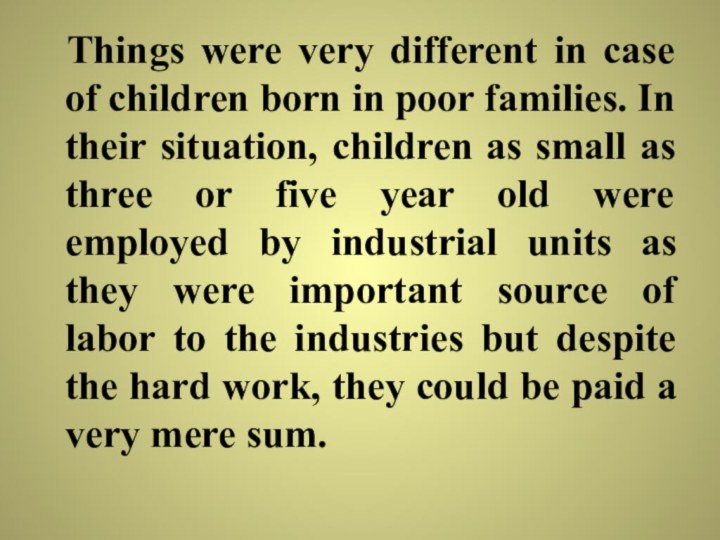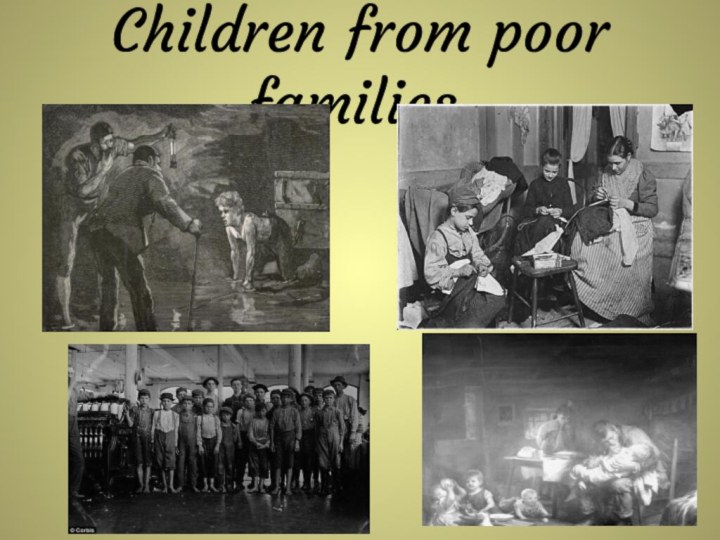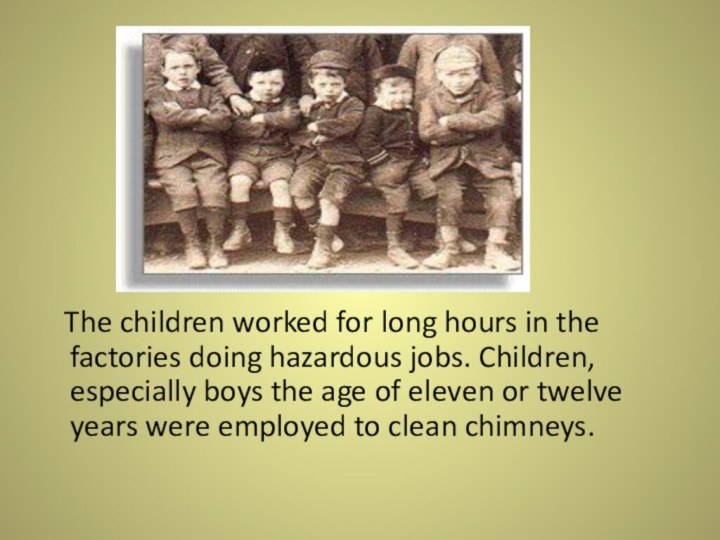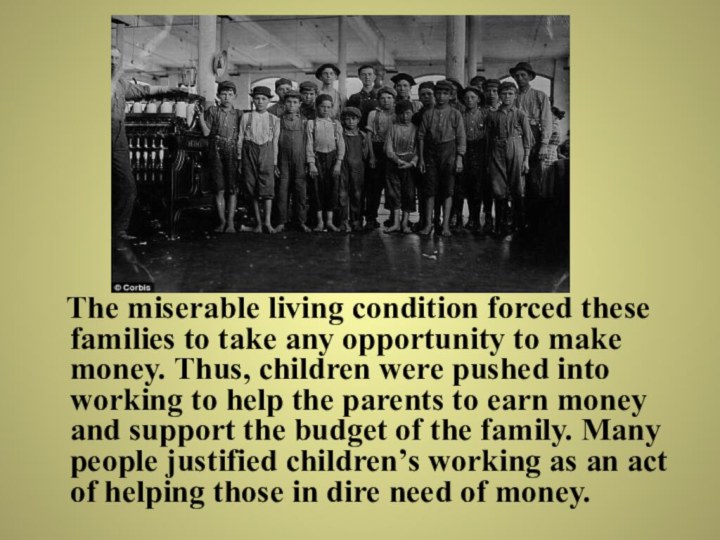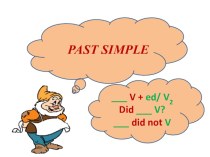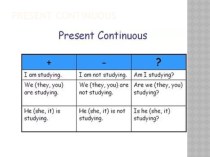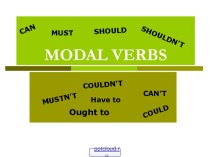- Главная
- Разное
- Бизнес и предпринимательство
- Образование
- Развлечения
- Государство
- Спорт
- Графика
- Культурология
- Еда и кулинария
- Лингвистика
- Религиоведение
- Черчение
- Физкультура
- ИЗО
- Психология
- Социология
- Английский язык
- Астрономия
- Алгебра
- Биология
- География
- Геометрия
- Детские презентации
- Информатика
- История
- Литература
- Маркетинг
- Математика
- Медицина
- Менеджмент
- Музыка
- МХК
- Немецкий язык
- ОБЖ
- Обществознание
- Окружающий мир
- Педагогика
- Русский язык
- Технология
- Физика
- Философия
- Химия
- Шаблоны, картинки для презентаций
- Экология
- Экономика
- Юриспруденция
Что такое findslide.org?
FindSlide.org - это сайт презентаций, докладов, шаблонов в формате PowerPoint.
Обратная связь
Email: Нажмите что бы посмотреть
Презентация на тему по английскому языку на тему Викторианские семьи Английский в фокусе 11 класс
Содержание
- 2. Victorian family lived during the reign of Queen Victoria in Britain (1837-1901)
- 3. An average Victorian family.
- 4. The Victorian family was considered to be
- 5. Victorian Style
- 6. The head of the family and his wife.
- 7. In Victorian families, the father
- 8. Victorian women
- 9. The mother did not carry
- 10. Children
- 11. Children however did not spend
- 12. So the nanny’s job was absolutely crucial to the
- 13. EntertainmentFor entertainment, families visited new parks and museums.
- 14. A working class family
- 15. It was very common for poor families
- 16. Most of these families lived in small houses.
- 17. Things were very different in case
- 18. Children from poor families.
- 19. The children
- 20. The miserable
- 21. Скачать презентацию
- 22. Похожие презентации
Victorian family lived during the reign of Queen Victoria in Britain (1837-1901)
